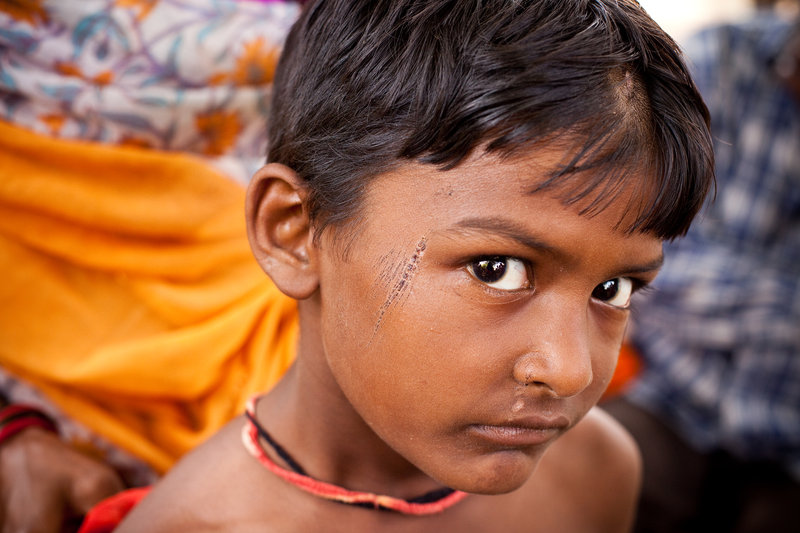 Finally uploaded the Vijapur story about a tribe whose homes were demolished at 4am. I arrived a day or two after the event to document the damage and speak to the tribals. While this story has been on Facebook since Day one, I held off publishing it until I had some more recent information, as the wheels were beginning to turn for them just as I left India in the summer. Unfortunately, I’ve no more information at this time, but I feel the story should go up, late, but better than never. (Story returning soon.)
Finally uploaded the Vijapur story about a tribe whose homes were demolished at 4am. I arrived a day or two after the event to document the damage and speak to the tribals. While this story has been on Facebook since Day one, I held off publishing it until I had some more recent information, as the wheels were beginning to turn for them just as I left India in the summer. Unfortunately, I’ve no more information at this time, but I feel the story should go up, late, but better than never. (Story returning soon.)
I think the M9 took a hit, because the rangefinder is rather out of alignment. Mostly vertically but also, sometimes, on the distance too. So it’s off to Leica USA as soon as I can dig up a copy of the receipt from the UK, and they’ll have to ship it back to me on the road. Slightly annoying to have a camera built like an brick on the outside and like cream cheese on the inside. I suppose it’s a common problem and an easy fix.
Just because a place has an abundance of water doesn’t mean that it can afford to ignore its welfare. 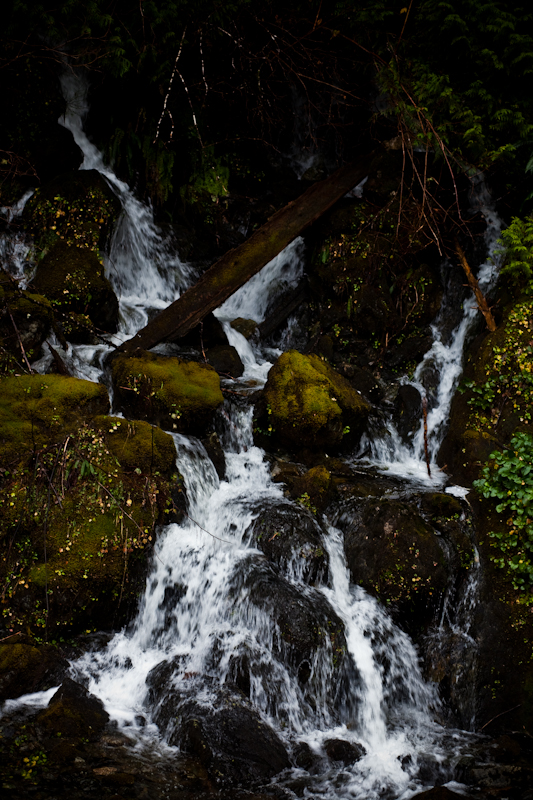
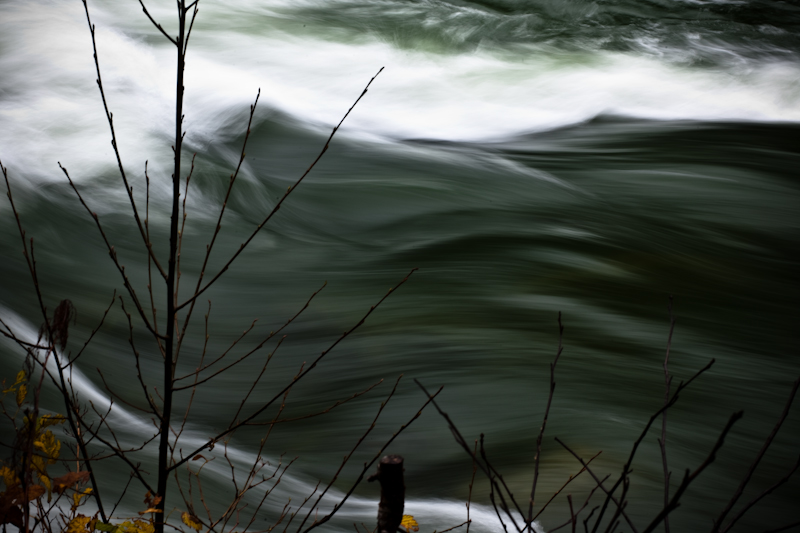
Short film - The Morning After - late update part two
This short film, my second work as DoP with Lexitricity, was far more impressive than the first one, “Chalk”. It’s called “The Morning After” and we filmed it in mine and Lex’s flats one day, and it was edited by the extremely talented Mark Curl. It’s seen some great exposure, some lovely reviews and I’m very happy with it. This time we set out to make a proper short and the results, well, you can watch below. A twisted little tale starring the dry and witty skills of Miss Charlie Cawthorne.
The Morning After from Lexitricity on Vimeo.
Short films - two very late updates, part 1
Apologies for the almost too late news. Two short films I was DoP for have been going quite crazy over the last six or seven months and I really should have featured them here, but all the activity was happening while I was out of town. Firstly, “Chalk”. This started life as a Sunday night let’s-take-the-camera-out-and-play session, not long after my Canon 5DII arrived, and my good friend and then-neighbour, Lex, dragged me out with two actors for a muck-around and a few pints. The results are this little music video, “Chalk” which has now been screened right across Europe and most excitingly for me, at the ICA in London as part of the Soho Shorts festival, where it was nominated for Best Music Video, up against Coldplay, U2, Goldfrapp and others. Not bad for a few hours work. See the original post on the main Lexitricity site here. In the meantime, watch the short for yourself below. Good work team Lexy.
Chalk (2009) HD from Lexitricity on Vimeo.
Lost Weekend / Part 1: North America
Early tomorrow, local time, I’ll be in NYC to start the big trip, covering a large chunk of the US before heading down into Mexico and all through Central America to Panama.
A quick response to a question several people have asked me, regarding the sharpness of the Leica M9 sensor, since it has no anti-aliasing filter. Well, ultimately, it can only matter on a print, not at 100%, but equipped with a Zeiss 50mm Planar, here is a 100% crop that should help answer that question. I think it’s incredibly sharp, for those of you who care about these things. 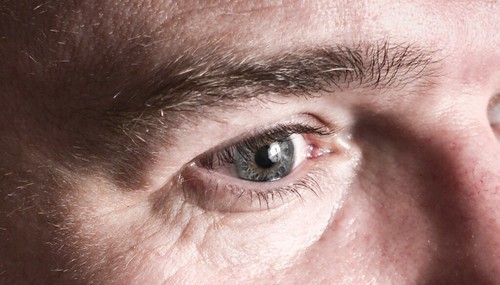
Water. I don’t even trust bottled water in India. I drink the filtered stuff any time I stay with family, because they all largely avoid water when out themselves, and resolved to filter my own this time. Christina pointed me towards bottles with self-contained filters, but the only one I found was a Pure Hydration one with a filter in the cap. Essentially, you pour any old water in, preferably without particles, shake it up and leave for 15 minutes. Then squeeze through the filter in the cap and drink. I believe that the shaking releases iodine into the water and then the filter takes that out and anything that might be dodgy still in the water. Works perfectly, but you don’t get a massive water flow if you’re really thirsty, like chugging from a bottle. But the bottle is made of this new microbe-resistant plastic and it doesn’t get dirty or skanky. The filter lasts for approximately 350 litres and fails-safely. The water becomes harder to squeeze through as the filter becomes exhausted, so you only ever get clean water, but you will end up getting nothing. Good call.
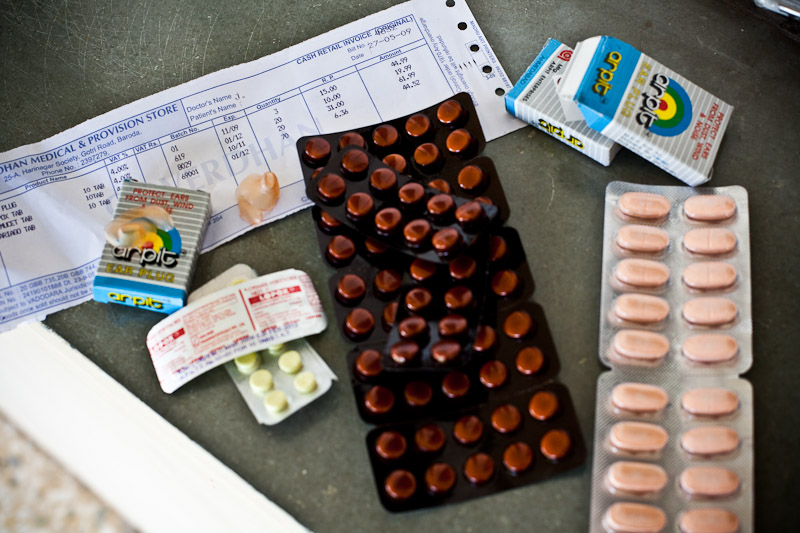 Off-the-shelf drugs are quite cheap here, so I stocked up on the essentials: Loperamide, Anti-malarials, painkillers and earplugs. You can go a long way with just those. The ear plugs are just weird though - they sit just inside your ear and don’t really do much plugging. They might keep dust off, or something. From left to right: Ear plugs, Lapromide, Chloroquine, Paracetamol. Bosh. Extras: sticking plasters and rehydration powder. Loperamide stops cramps and diarrohea and is far cheaper here than in the UK. Chloroquine is the recommended anti-malarial with a combination of Malerone/Proguanil - the first takes care of the Plasmodium Vivax parasite and the second takes care of Falciparium, which causes far nastier symptoms. I remember quite vividly learning about the Plasmodium cycle in Biology class, and am happy to see that the drugs are getting better. Time to start packing the bags. Off tomorrow afternoon.
Off-the-shelf drugs are quite cheap here, so I stocked up on the essentials: Loperamide, Anti-malarials, painkillers and earplugs. You can go a long way with just those. The ear plugs are just weird though - they sit just inside your ear and don’t really do much plugging. They might keep dust off, or something. From left to right: Ear plugs, Lapromide, Chloroquine, Paracetamol. Bosh. Extras: sticking plasters and rehydration powder. Loperamide stops cramps and diarrohea and is far cheaper here than in the UK. Chloroquine is the recommended anti-malarial with a combination of Malerone/Proguanil - the first takes care of the Plasmodium Vivax parasite and the second takes care of Falciparium, which causes far nastier symptoms. I remember quite vividly learning about the Plasmodium cycle in Biology class, and am happy to see that the drugs are getting better. Time to start packing the bags. Off tomorrow afternoon.
The Voyeuristic Approach: choosing a long lens
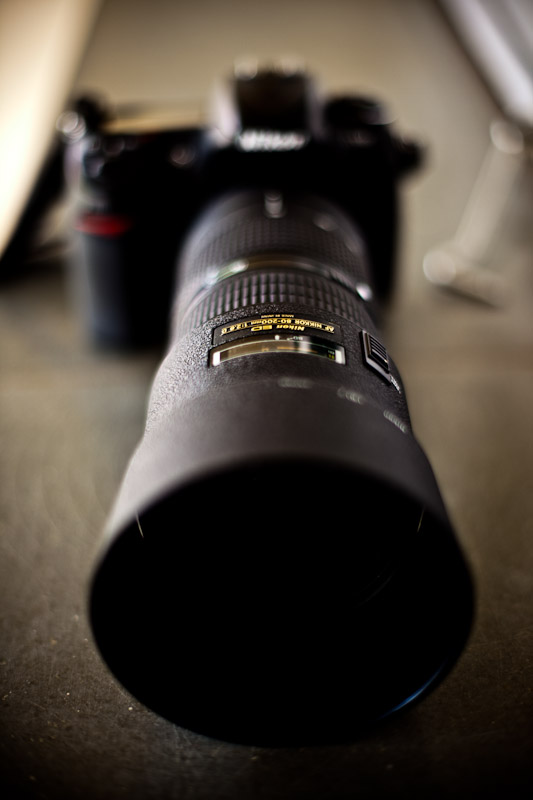 I was reading a few weeks ago about focal lens as an analogue of actual distance. My notes tell me that was in a book edited by Elizabeth Edwards called Anthropology and Photography, p. 162. The telephoto lens lends itself to a voyeuristic appeal, with its perspective and shallow depth of field, the distance between the photographer and subject is evident. The question is when one might use it. I’m wanting to draw more and more parallels between colonial photography and the viewing of the subjects and the work I’m doing now, looking at these tribes disenfranchised by the British and maintained by independent India up to the present day. I’ve been thinking a lot about doing a series of colonial portraits as a branch from the main documentary. That’s definitely happening. I’d like to take the voyeuristic approach to some aspects of the culture too. But I’ll find out what in a few days.
I was reading a few weeks ago about focal lens as an analogue of actual distance. My notes tell me that was in a book edited by Elizabeth Edwards called Anthropology and Photography, p. 162. The telephoto lens lends itself to a voyeuristic appeal, with its perspective and shallow depth of field, the distance between the photographer and subject is evident. The question is when one might use it. I’m wanting to draw more and more parallels between colonial photography and the viewing of the subjects and the work I’m doing now, looking at these tribes disenfranchised by the British and maintained by independent India up to the present day. I’ve been thinking a lot about doing a series of colonial portraits as a branch from the main documentary. That’s definitely happening. I’d like to take the voyeuristic approach to some aspects of the culture too. But I’ll find out what in a few days.




